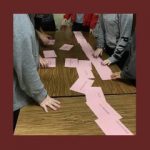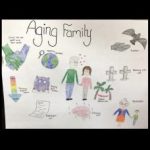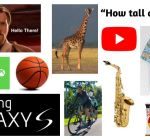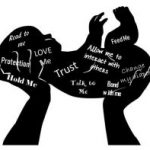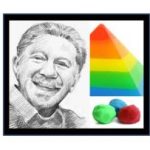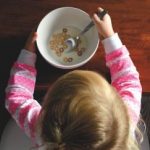
Several months back, I received an email about updated resources from The Dibble Institute. This update included an article about a university study, titled “What Youth Seek in Partners,” that sparked this life long partner shopping spree activity. I thought it would be interesting to recreate the study at the high school level and compare the results to the actual survey results. Initially my students thought this would be an easy activity, but on the contrary required much thought on their part. What was rather unique about the outcome of my survey, were the similarities of answers. My results, completed with two different classes, almost mimicked those of the university rankings. Read on to see other activities associated with this lesson/activities.



